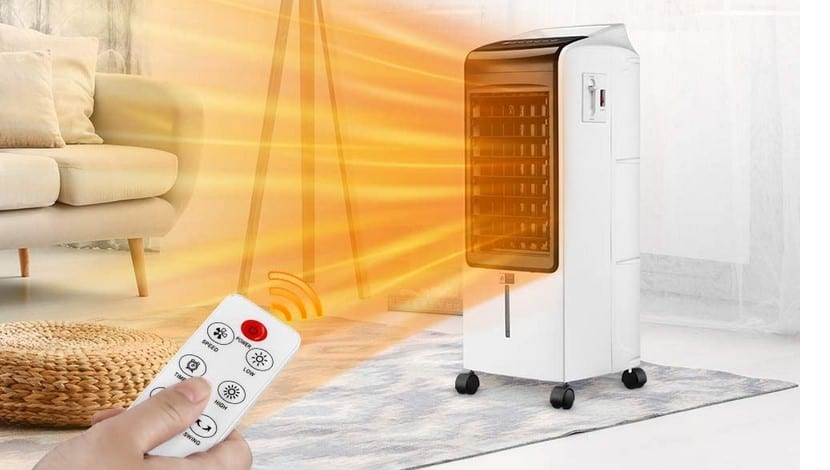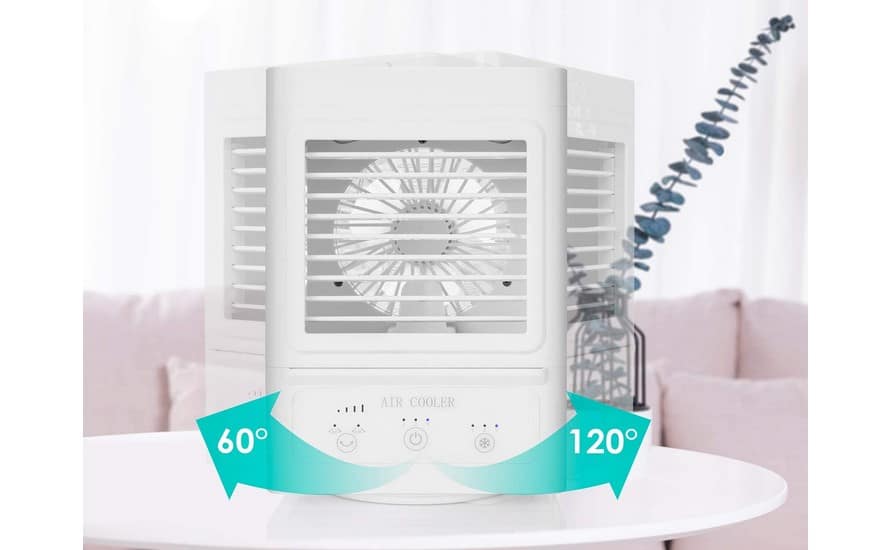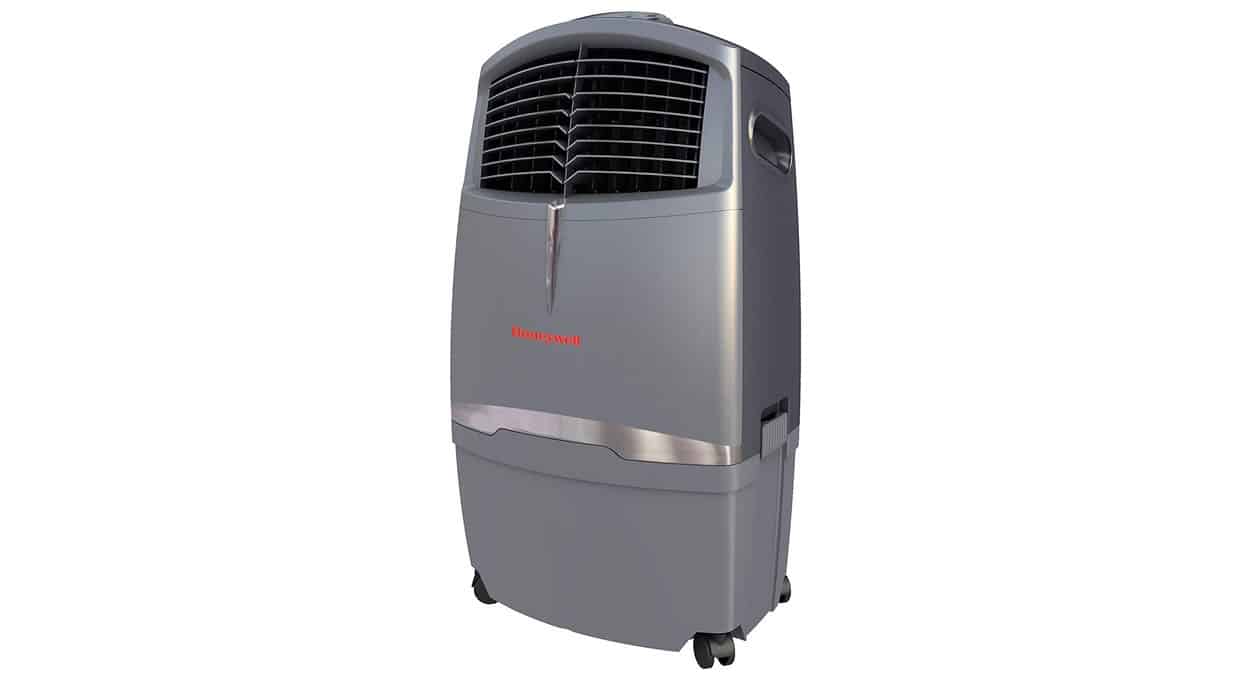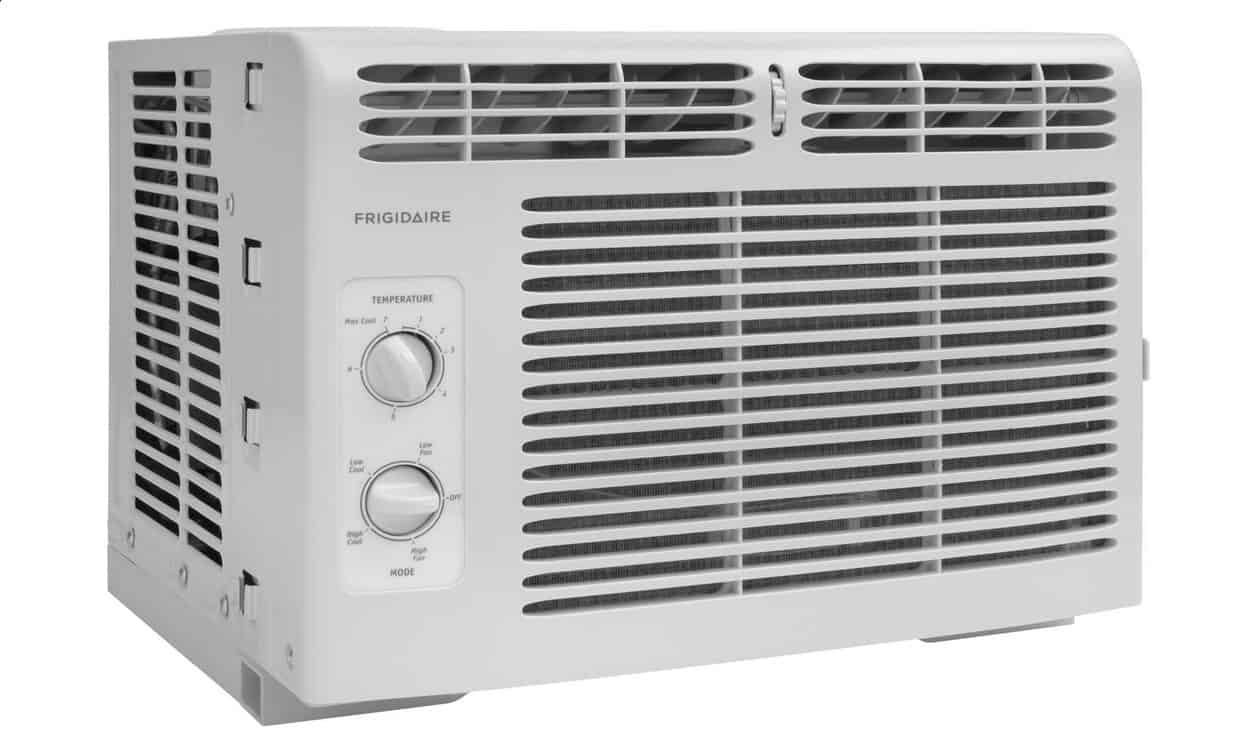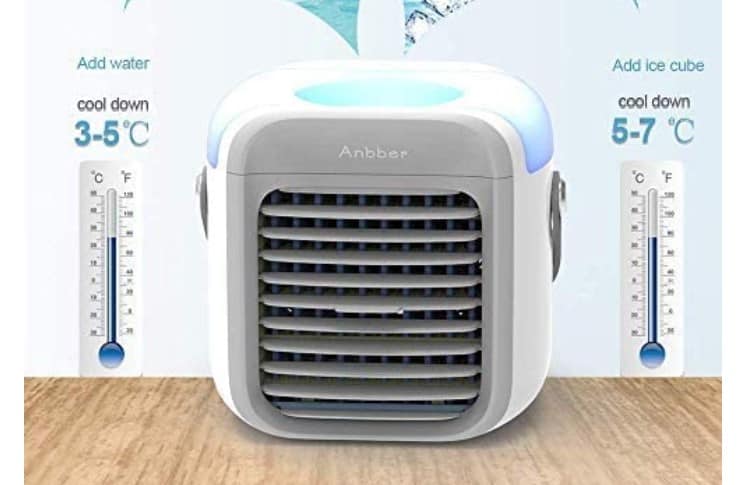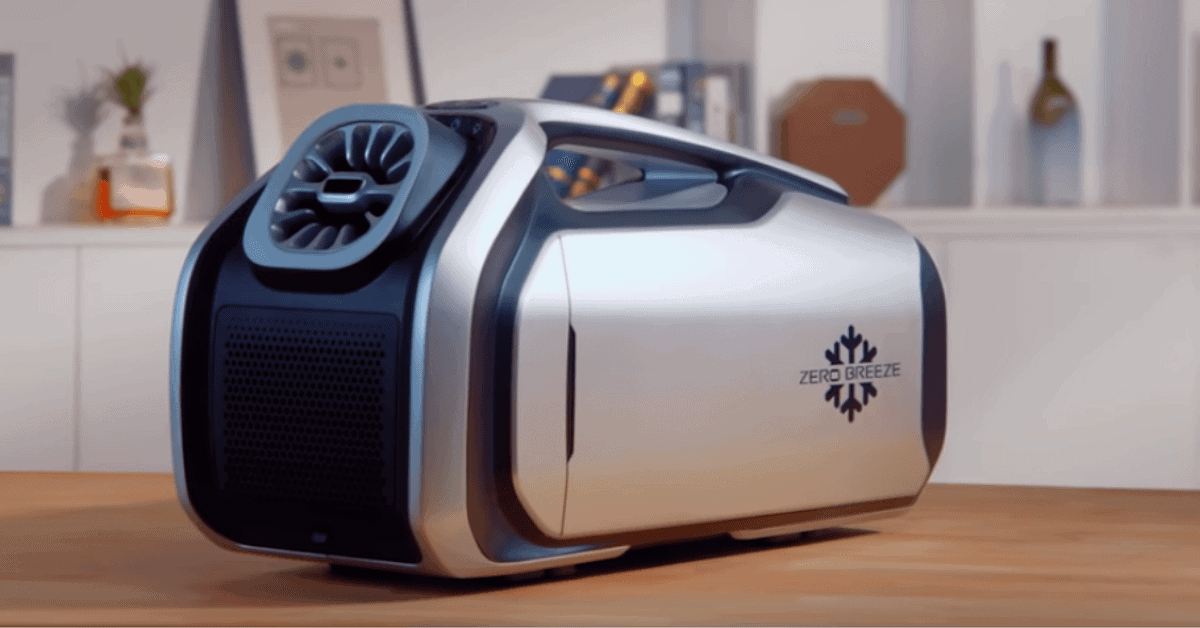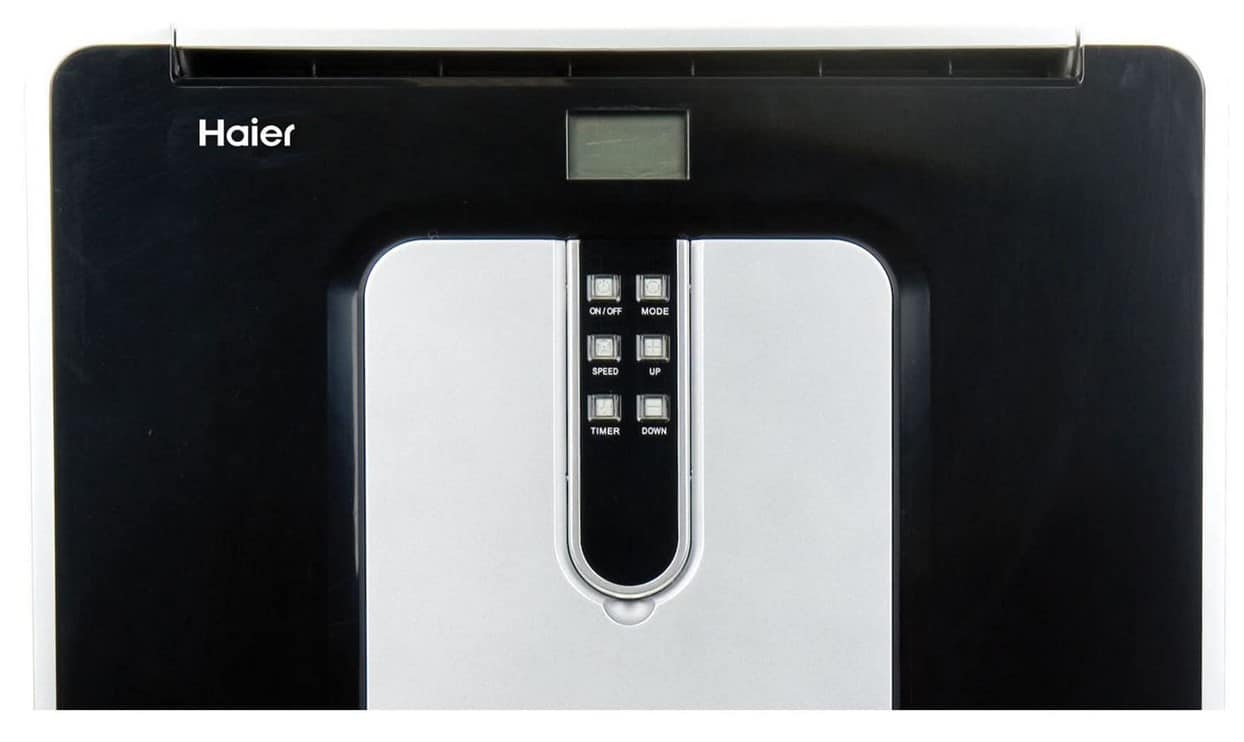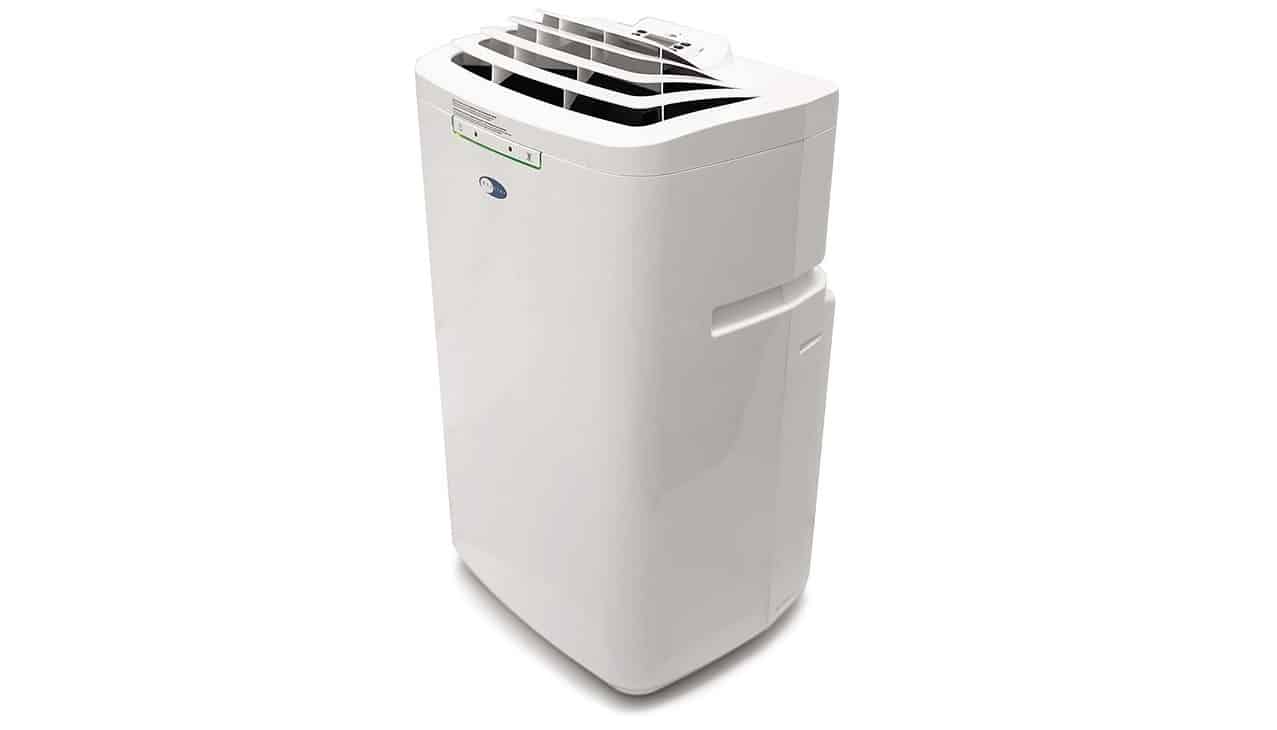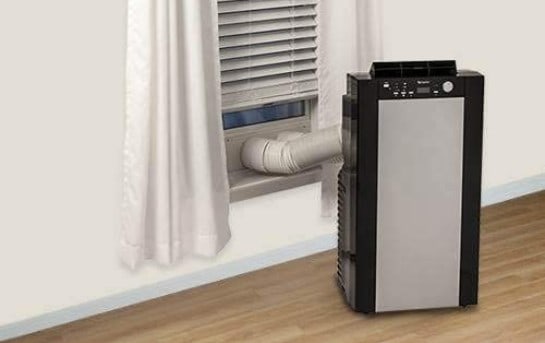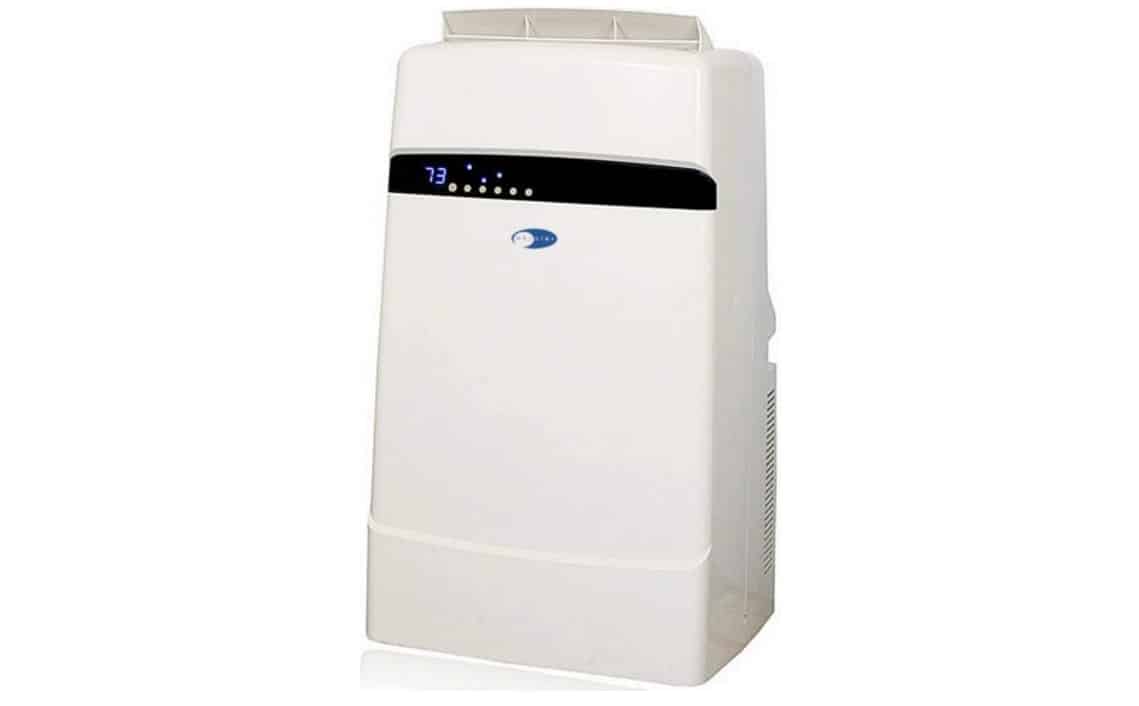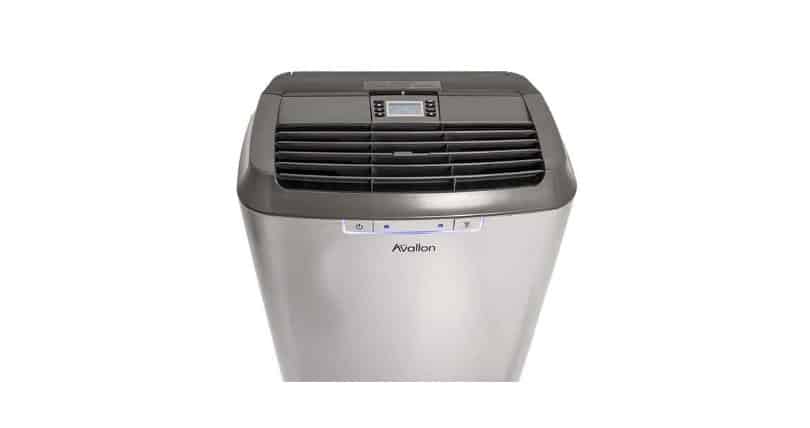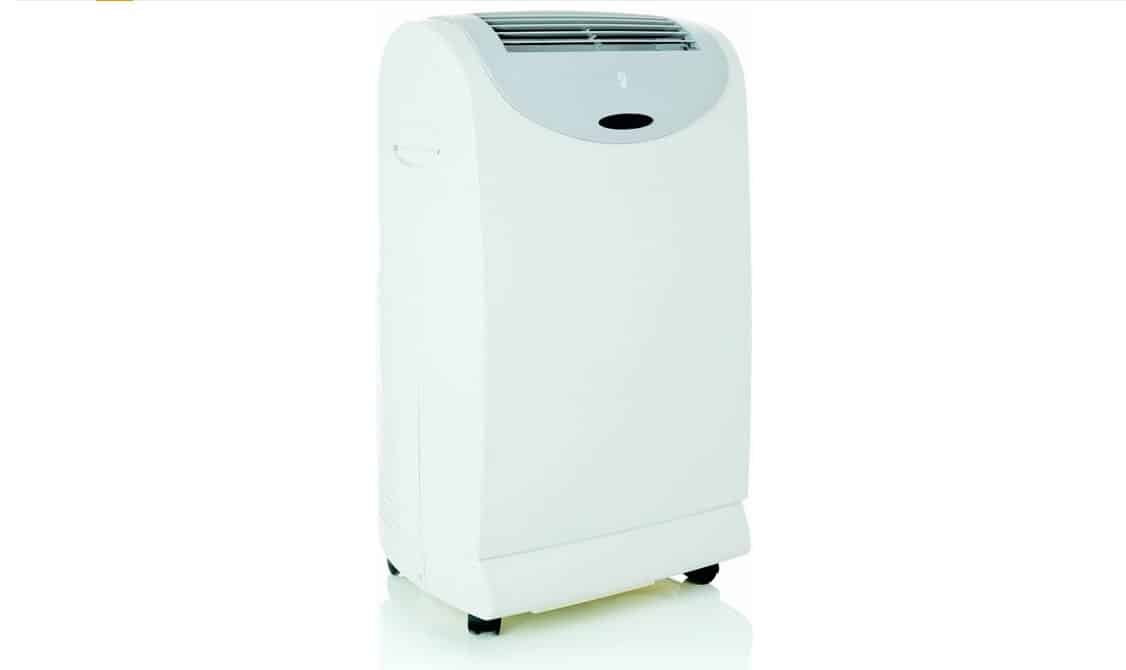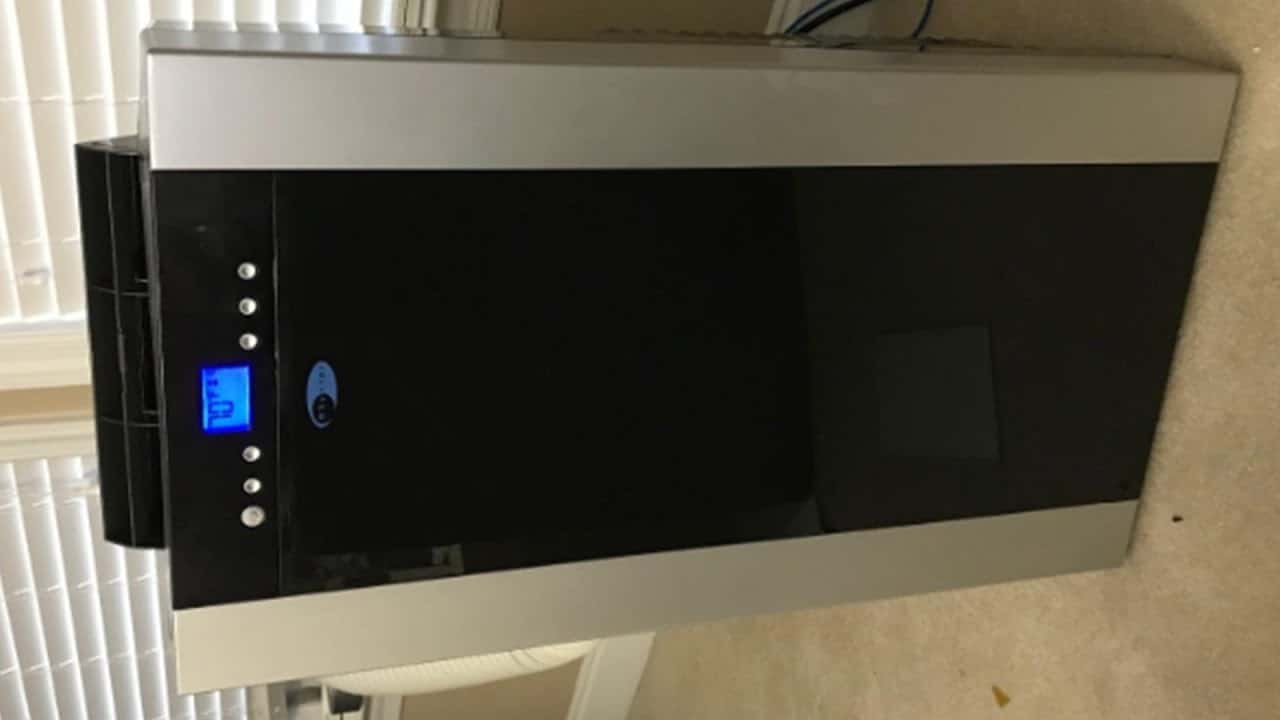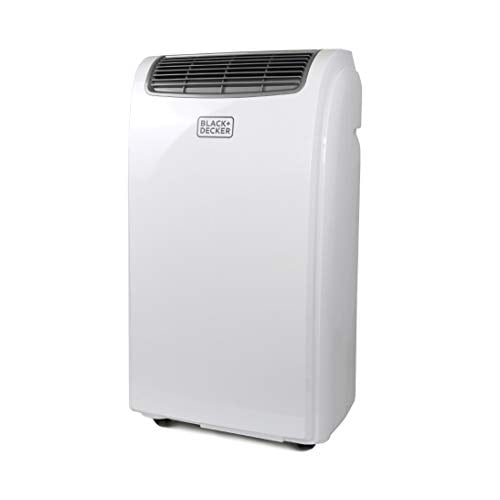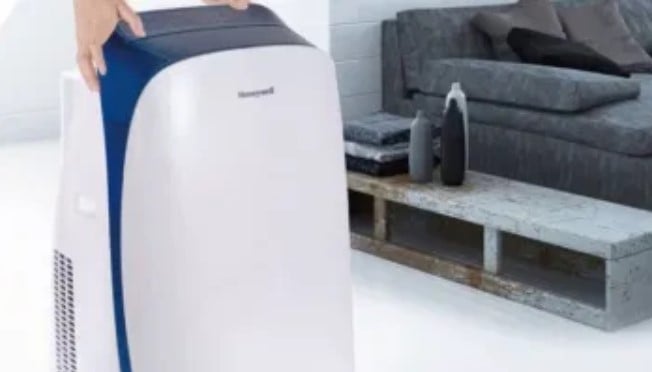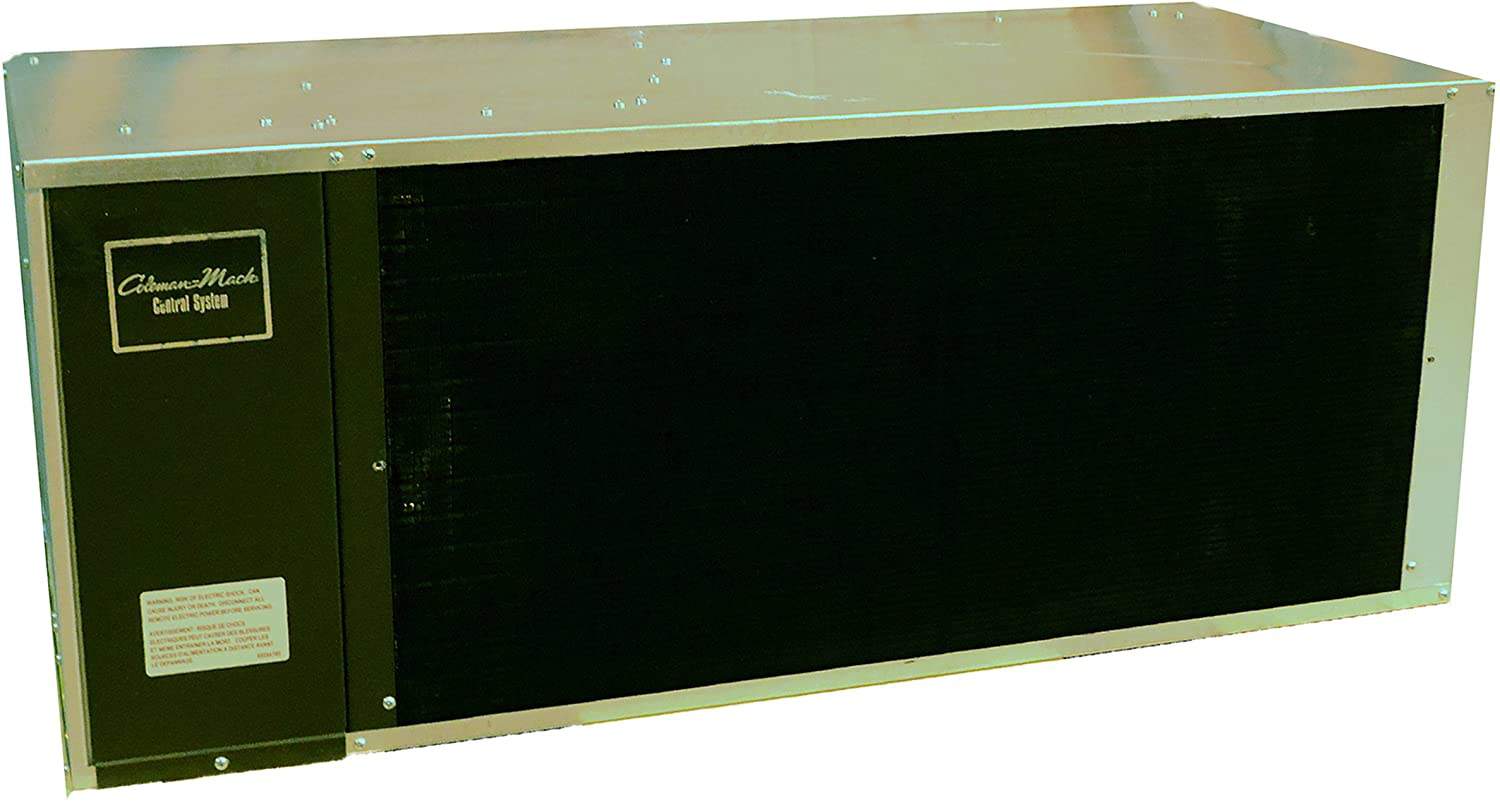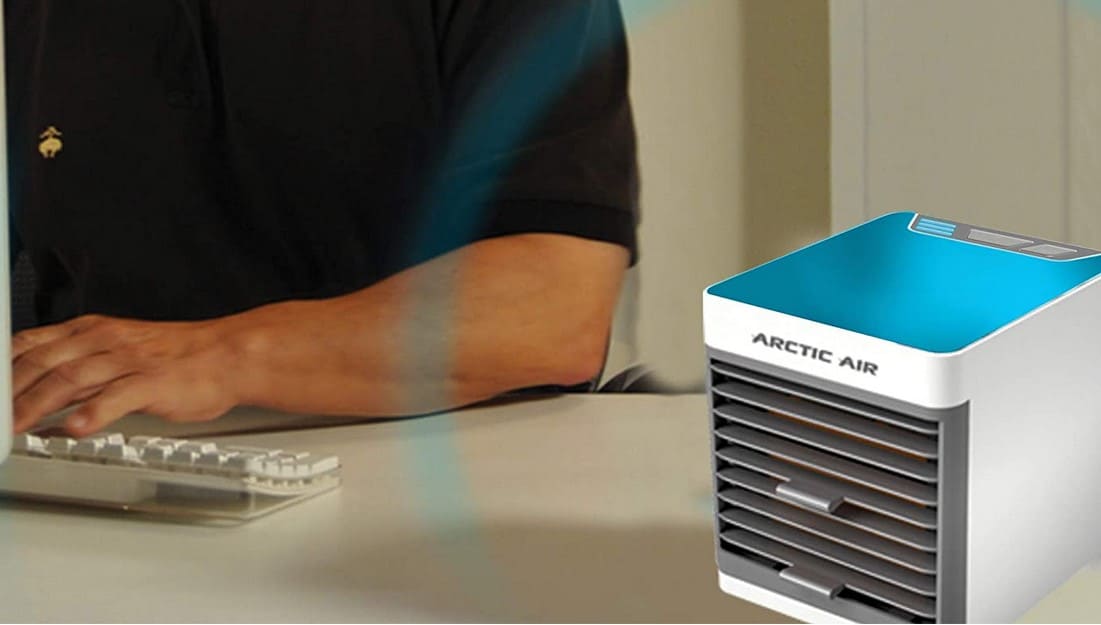If you are fresh and new to the world of indoor cooling, you may wonder how to size a ductless mini-split air conditioner. The best air conditioners, after all, often feature a ductless mini-split design and arrive in a wide variety of power options. So what does sizing mean when it comes to mini-split AC units and how do you complete the process? If you’re here, you know what a ductless A/C is and you should know what a mini-split A/C unit is, but installing a ductless split air conditioner is different. Keep reading to find out.
KEY TAKEAWAYS:
- When you refer to sizing ductless mini-split systems, you are actually talking about the unit’s cooling power.
- All air conditioning models’ cooling power is measured in British Thermal Units, otherwise known as BTUs. This includes mini-splits, indoor units, outdoor units, multi-zone systems, ductless systems, and more.
- An air conditioner needs 20 BTU for every square foot of floor space, so conduct the proper measurements before buying your mini-split system.
What is Sizing With Ductless Mini-Split AC Units?
When you are sizing up any air conditioner, even when learning how to size a portable air conditioner, what you are really doing is considering the unit’s overall cooling power and energy efficiency and matching that with the physical dimensions of your space. This is different than sizing an air conditioning unit to move around. It starts with British Thermal Units, otherwise known as BTUs.
Insider Tip
The BTU rating of any given air conditioner should be announced on the packaging and in the instructions.
What are British Thermal Units?
A British Thermal Unit measures the amount of energy needed to increase the temperature of a single pound of water by one degree Fahrenheit. An air conditioner’s advertised BTU output refers to how many BTUs per hour the unit can remove from the air surrounding it, thus cooling down the room. Generally speaking, a higher BTU rate leads to a more efficient and more powerful cooling ability, though there are times when too high of a BTU rating leads to trouble, causing you to learn how to set a timer on your air conditioner.
How to Size a Ductless Mini-Split AC Via BTU Measurements
This process works not just for mini-split systems, but window air conditioners, portable AC units, and more. First, recognize that an AC model that handles too many BTUs or too few BTUs for your unique space results in decreased cooling and a shortened lifespan of the air conditioning unit. In other words, balance is extremely important, but how do you figure out a perfect ratio? Let’s talk math.
Conducting Proper BTU Measurements
It’s difficult to pinpoint exact BTU requirements, but much easier to choose an air conditioner with an appropriate BTU range for your space.
AC units need around 20 BTU for each square foot of floor space in the room. Start by measuring your room by multiplying the length of the floor by the width. That equals your total square footage.
In other words, a room of 300 square feet requires a portable AC with 10,000 BTU and a room of 500 square feet requires a unit with 14,000 BTU. For larger rooms, complete the same formula.
F.A.Q.S
Why is proper ductless mini-split sizing crucial?
Sizing is crucial for any air conditioner type, from indoor units to outdoor units, including ductless systems. If you go too low, your room won’t cool. Go too high, and you’ll use too much energy. It all depends on your square footage.
What happens with an undersized mini-split?
Undersized mini-splits struggle to adequately cool a room, no matter what setting you engage on the remote control. Sure, your energy bills will be lower, but at the expense of cooling.
Can I install a mini-split system myself?
When it comes to installing mini-splits, contact a professional as the process is much more complicated than a window unit.
STAT: Mini-split systems are one of the most efficient HVAC systems on the market, thanks to inverter technology. (source)
REFERENCES:
- https://www.townsendtotalenergy.com/ductless-mini-split-sizing-guide
- https://senville.com/blog/sizing-guide-for-a-mini-split-air-conditioner/
- https://mitsubishiacdealers.com/info/what-size-systemr
- https://mspplumbingheatingair.com/blog/what-size-ductless-heat-pump-do-i-need
- https://blog.totalhomesupply.com/ductless-mini-split-btu-calculator/

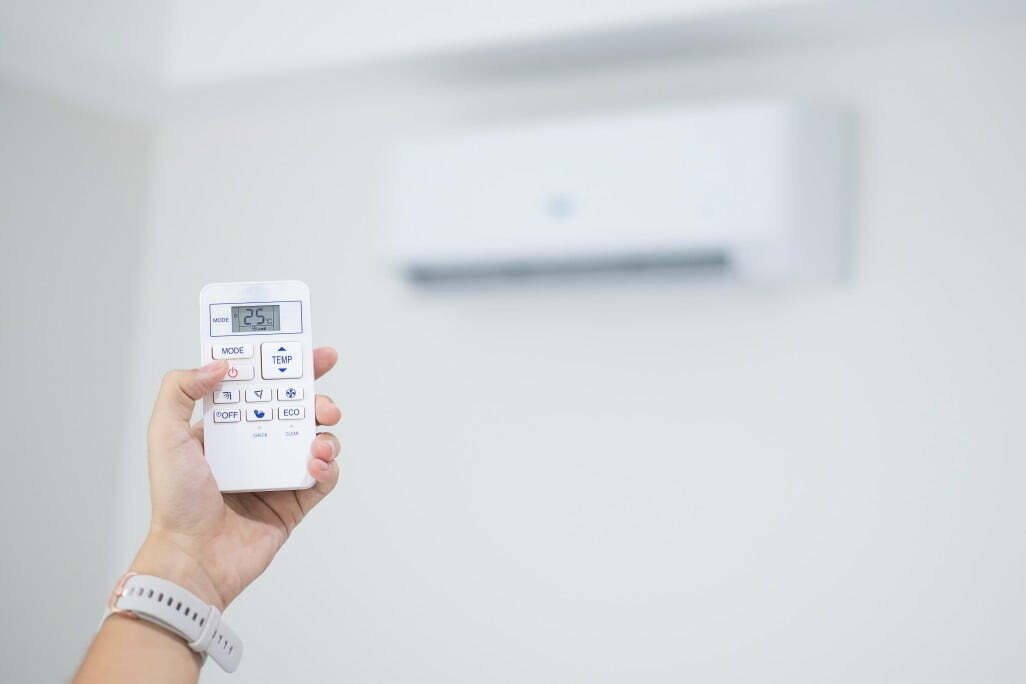













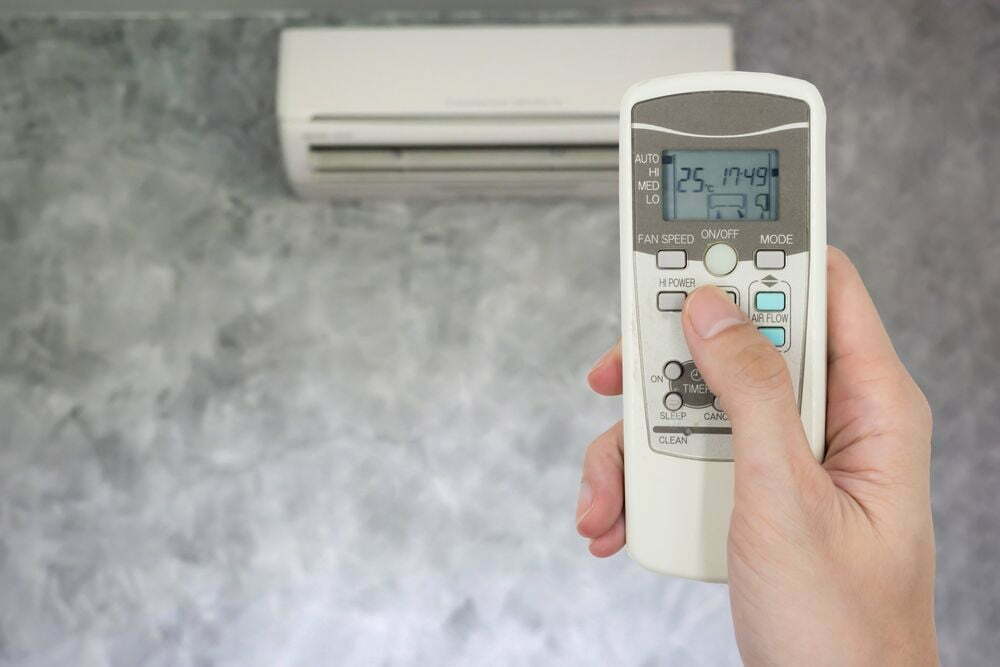
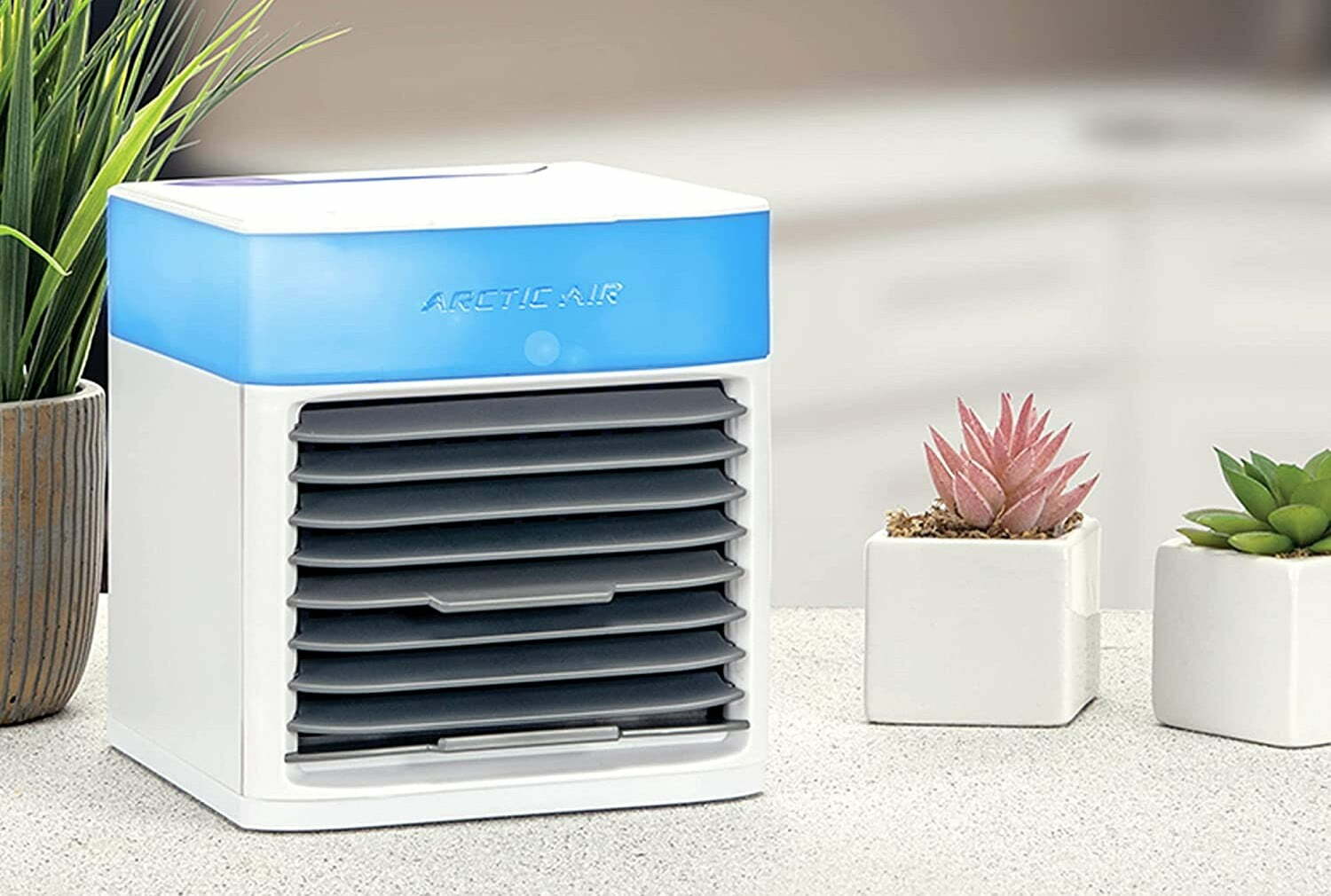
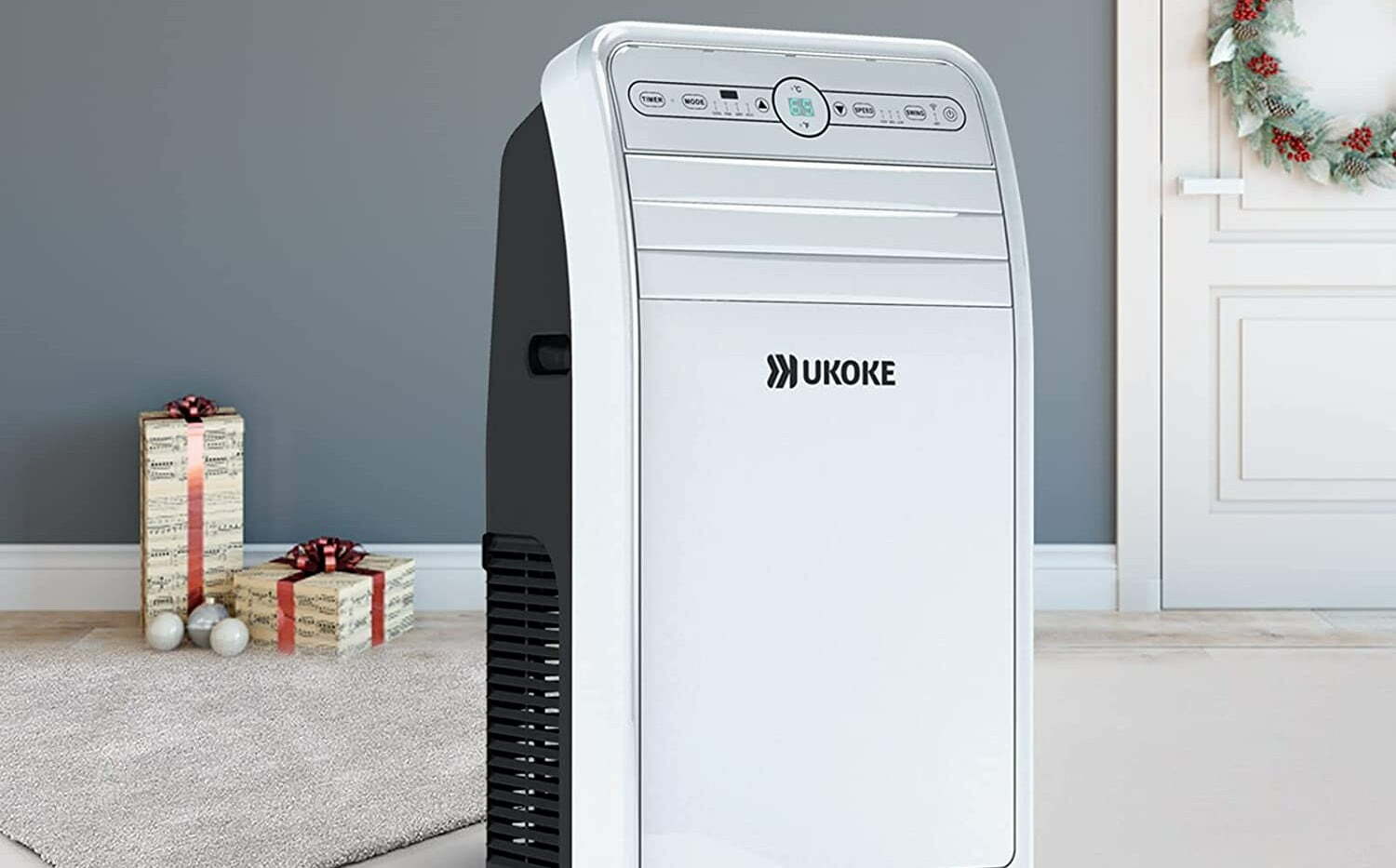

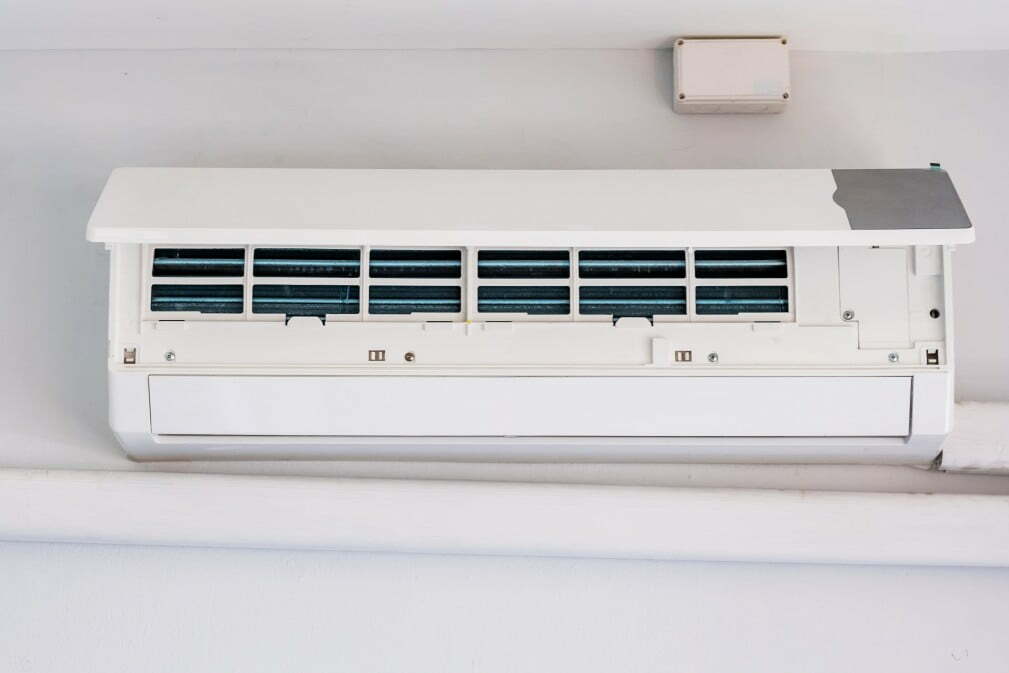
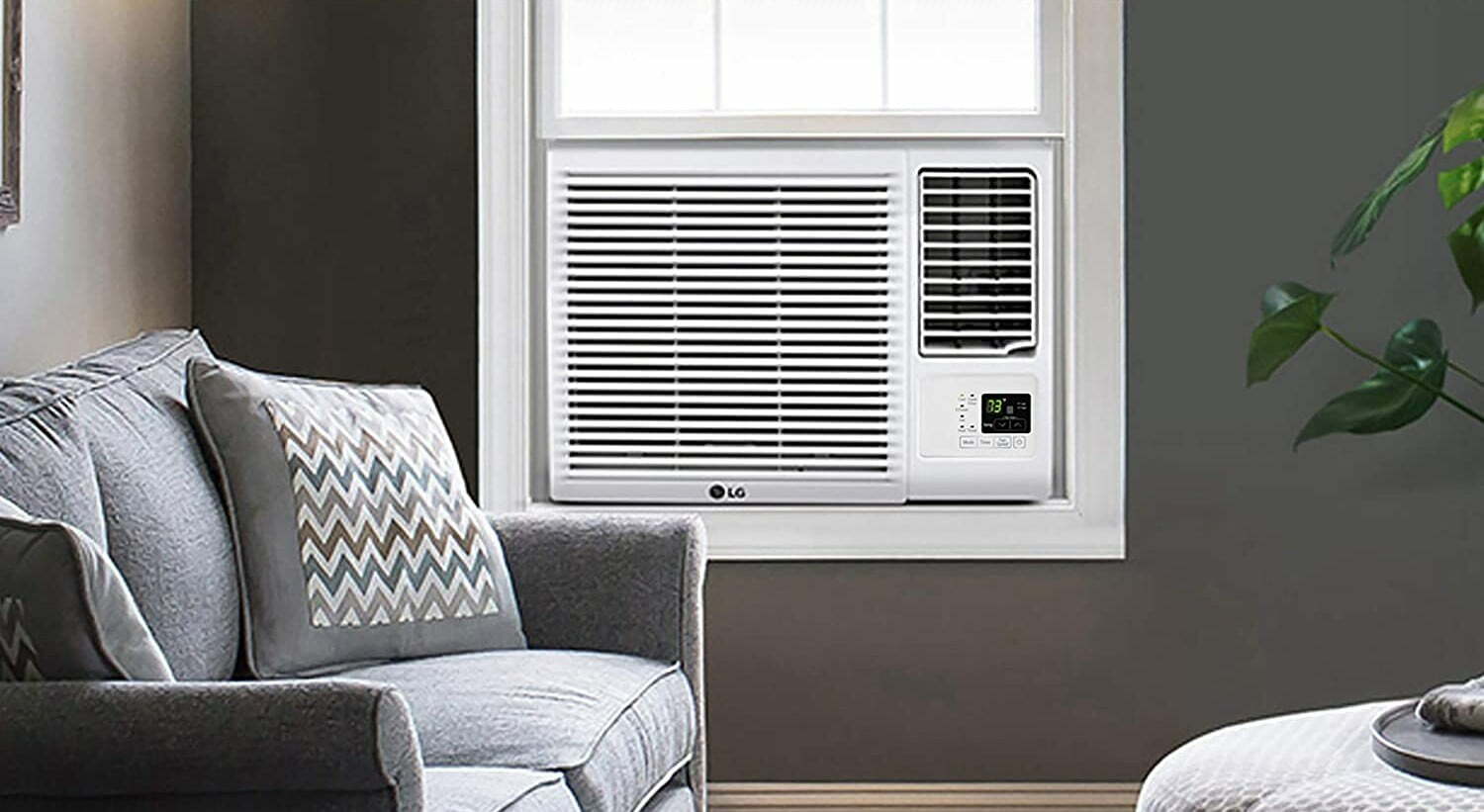
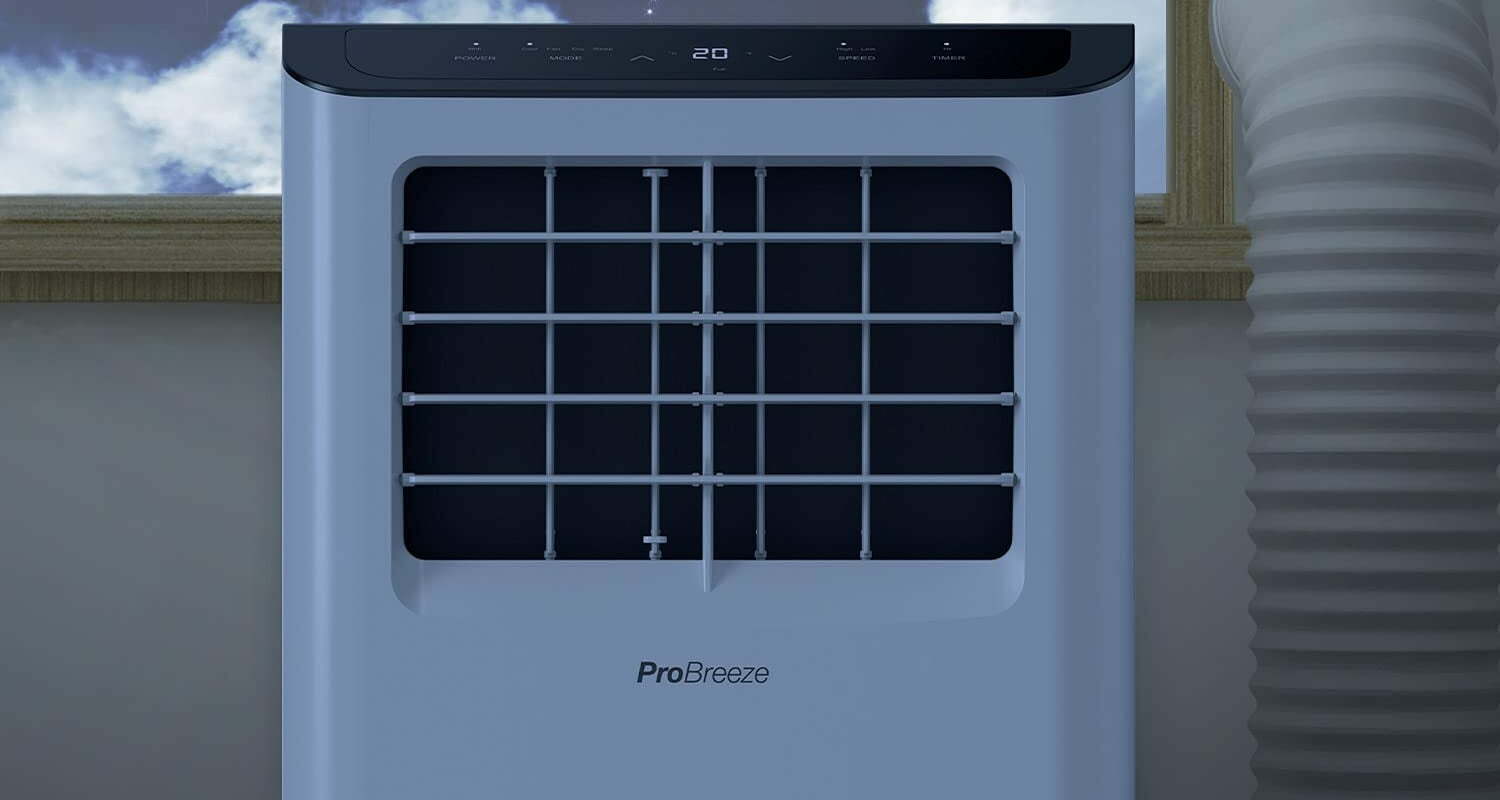


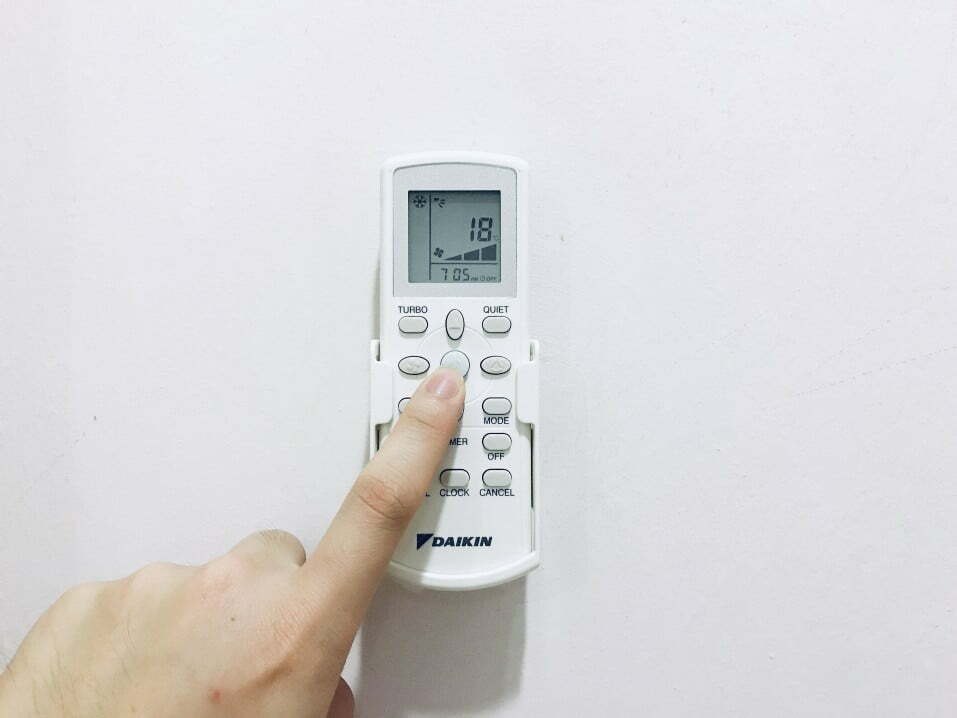
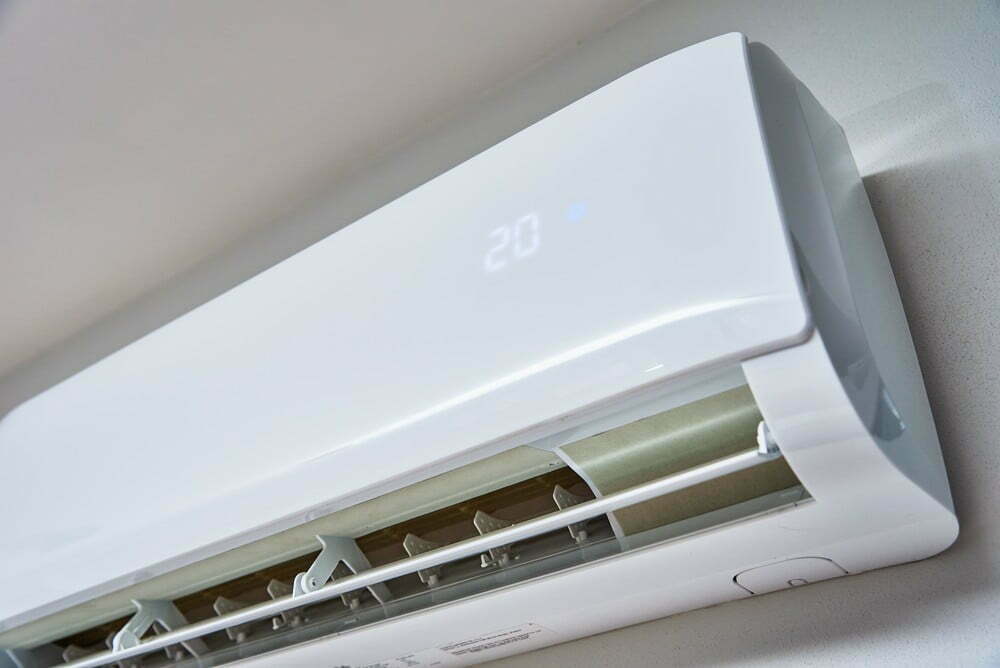
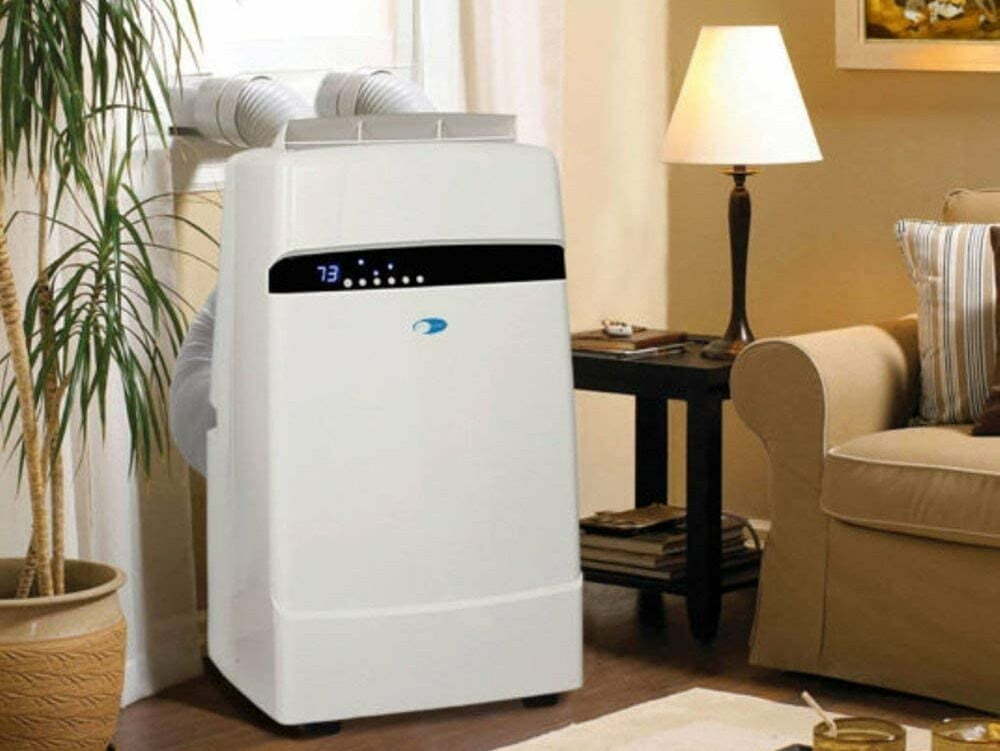
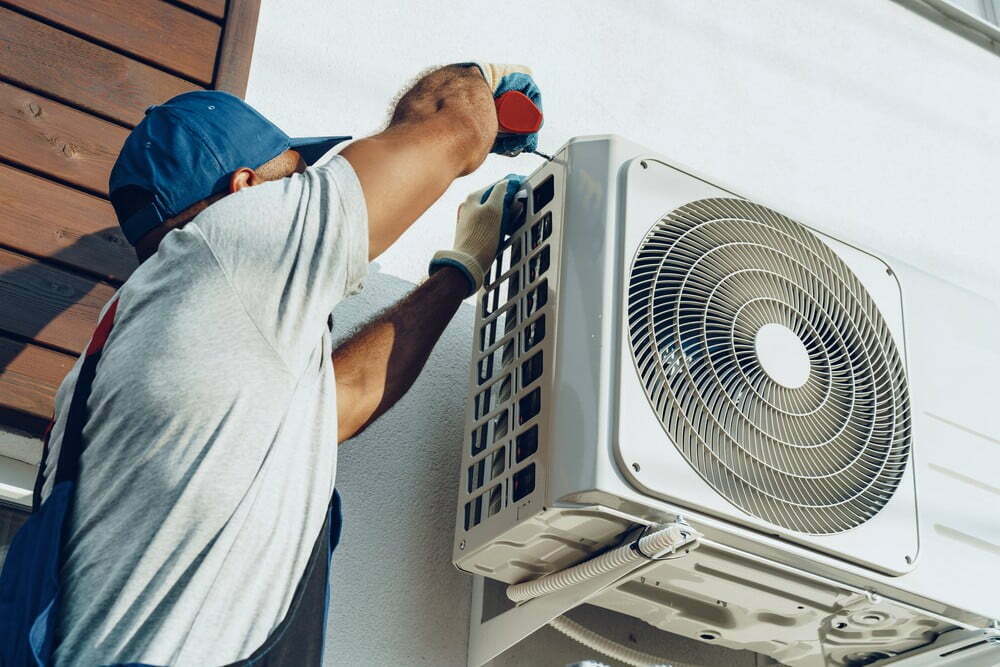

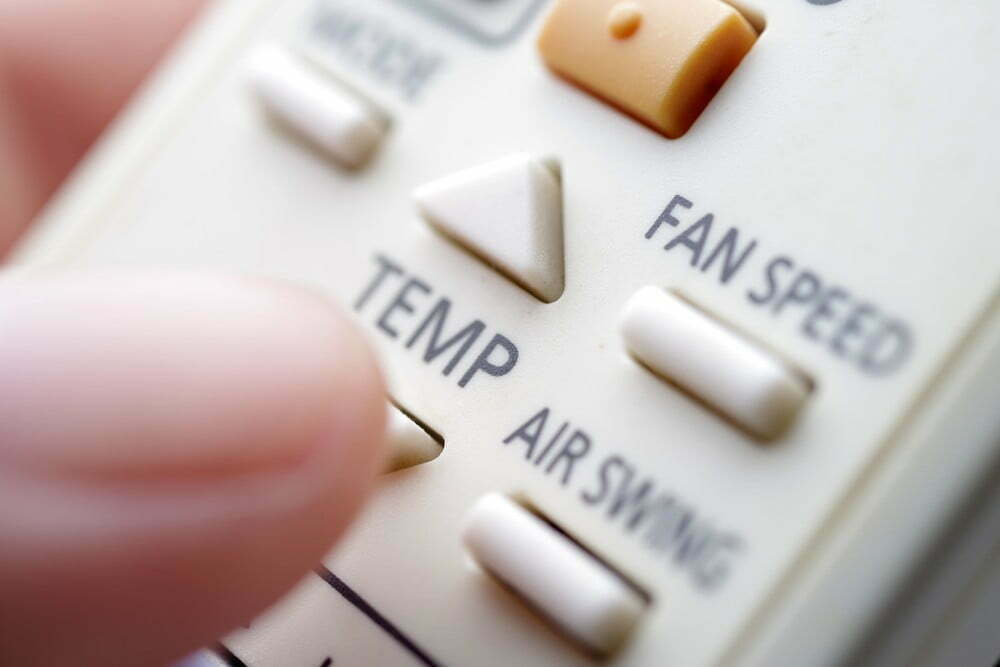
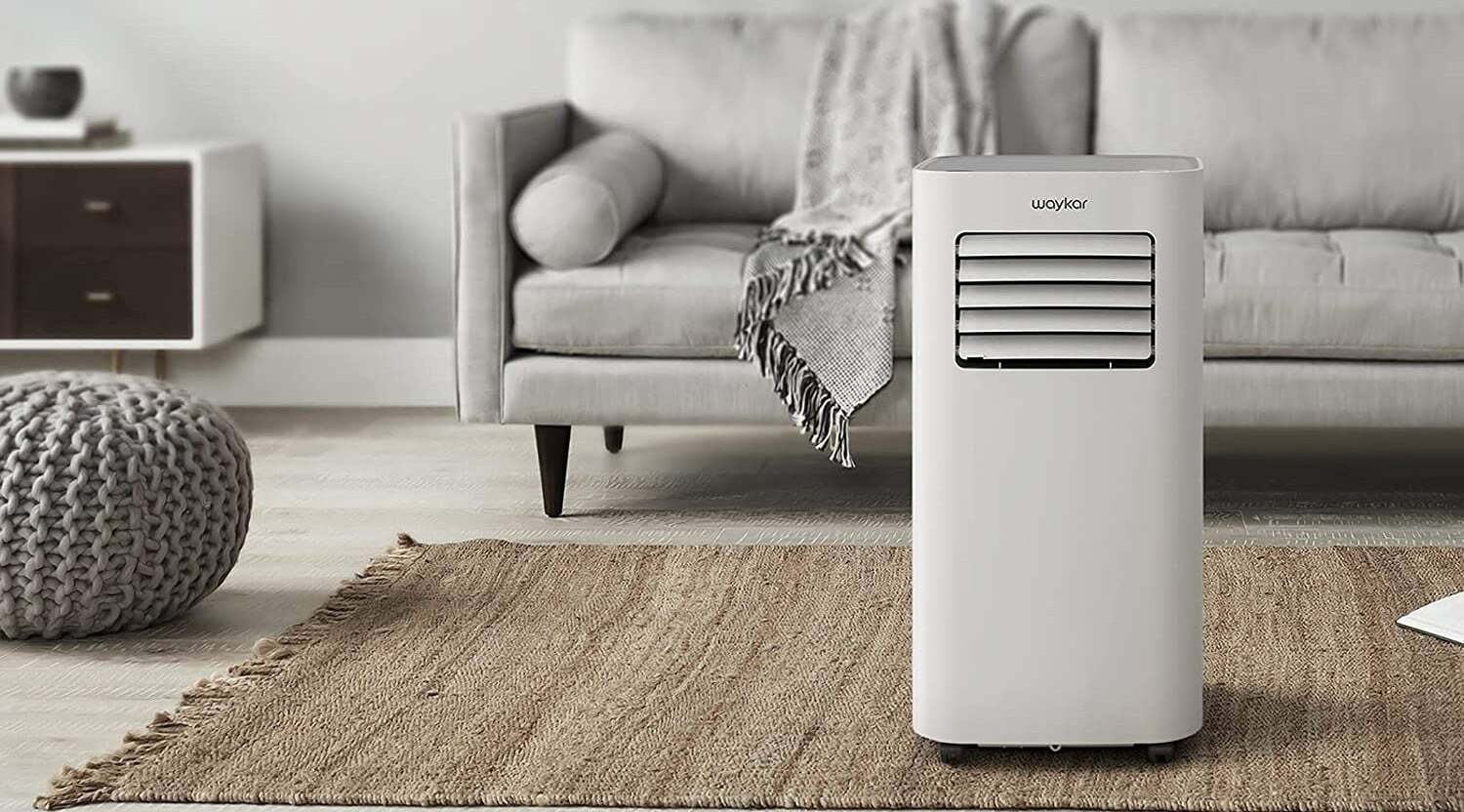
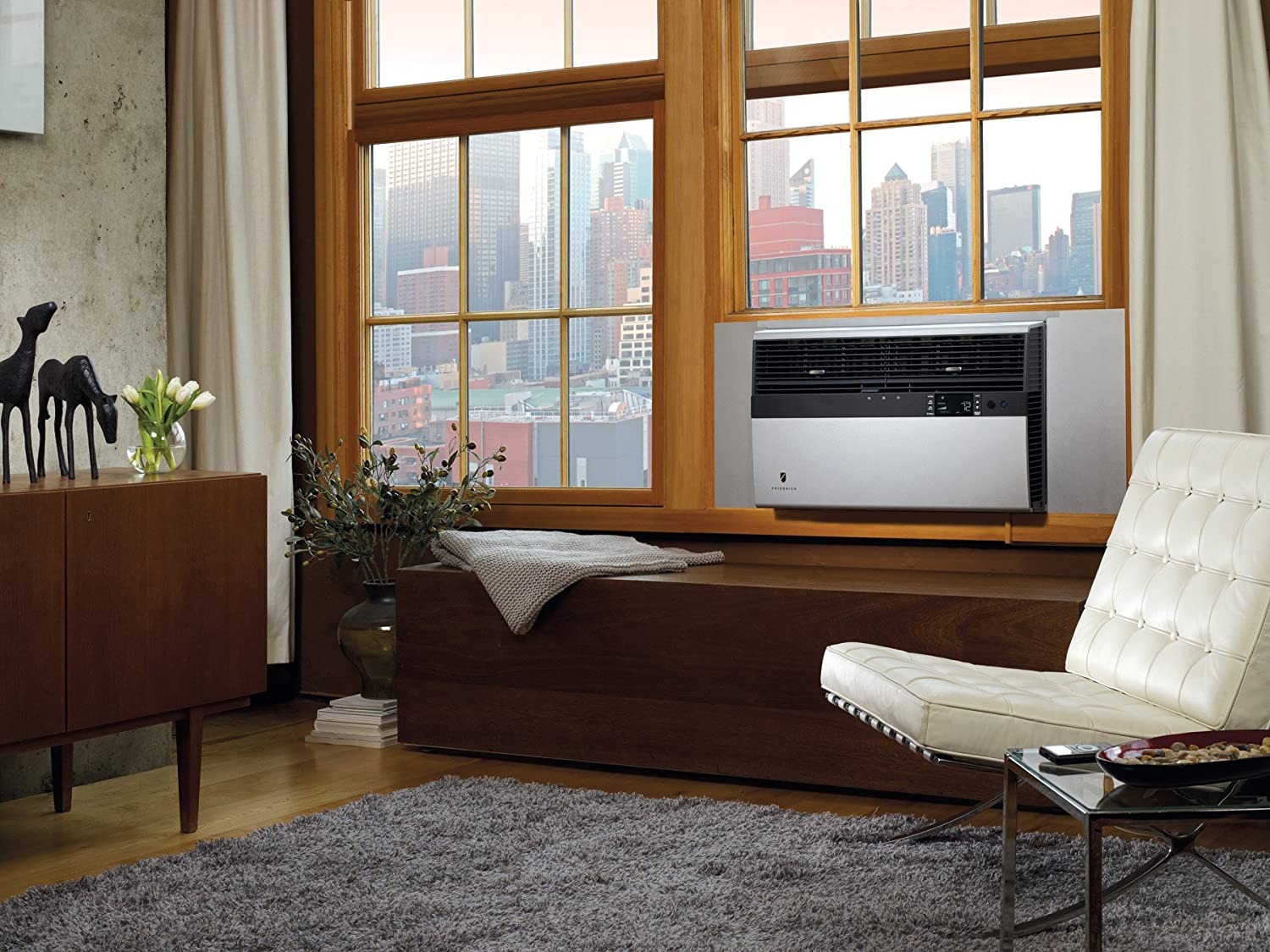

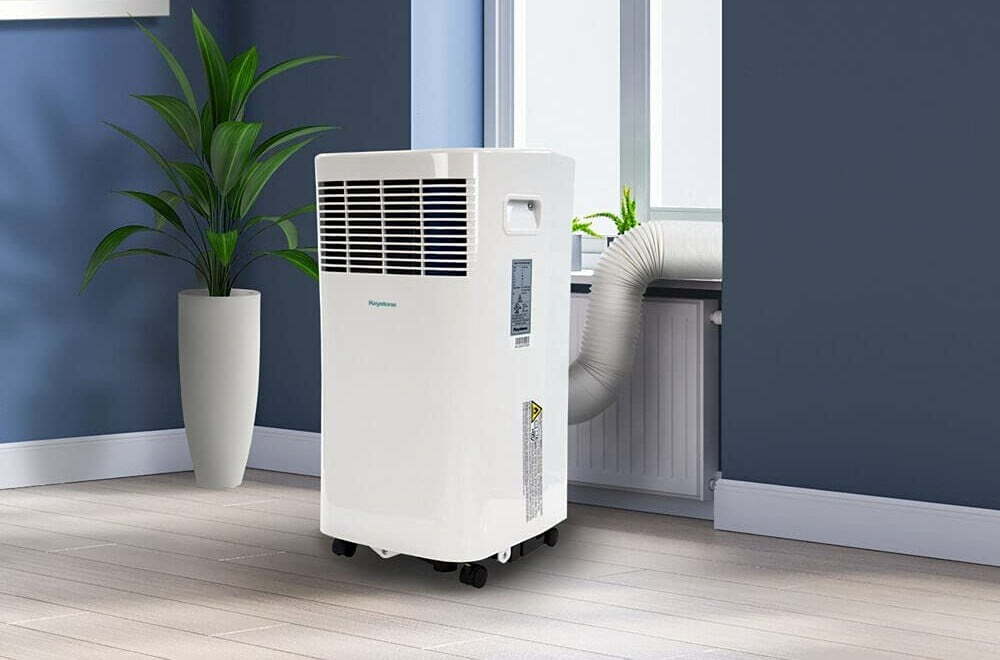
![Best Air Conditioners in [year] ([month] Reviews) 27 Best Air Conditioners in 2025 (April Reviews)](https://www.gadgetreview.dev/wp-content/uploads/best-air-conditioners-image.jpg)
![Quietest Through The Wall Air Conditioners in [year] 28 Quietest Through The Wall Air Conditioners in 2025](https://www.gadgetreview.dev/wp-content/uploads/quietest-through-the-wall-air-conditioner-image.jpg)
![Best 10000 BTU Air Conditioners in [year] 29 Best 10000 BTU Air Conditioners in 2025](https://www.gadgetreview.dev/wp-content/uploads/best-10000-btu-air-conditioner-image.jpg)
![Best 15000 BTU Air Conditioners in [year] 30 Best 15000 BTU Air Conditioners in 2025](https://www.gadgetreview.dev/wp-content/uploads/best-15000-btu-air-conditioner-image.jpg)
![Best 15000 BTU Window Air Conditioners in [year] 31 Best 15000 BTU Window Air Conditioners in 2025](https://www.gadgetreview.dev/wp-content/uploads/best-15000-btu-window-air-conditioner-image.jpg)
![Best 12000 BTU Air Conditioners in [year] 32 Best 12000 BTU Air Conditioners in 2025](https://www.gadgetreview.dev/wp-content/uploads/best-12000-btu-air-conditioner-image.jpg)
![Best Photocatalytic Oxidation Air Purifiers in [year] 33 Best Photocatalytic Oxidation Air Purifiers in 2025](https://www.gadgetreview.dev/wp-content/uploads/best-photocatalytic-oxidation-air-purifier-image.jpg)
![Best Ventless Portable Air Conditioners in [year] 34 Best Ventless Portable Air Conditioners in 2025](https://www.gadgetreview.dev/wp-content/uploads/best-ventless-portable-air-conditioner-image.jpg)
![Best Window Air Conditioners with Heat in [year] 35 Best Window Air Conditioners with Heat in 2025](https://www.gadgetreview.dev/wp-content/uploads/best-window-air-conditioner-with-heat-image.jpg)
![Best Inverter Air Conditioners in [year] 36 Best Inverter Air Conditioners in 2025](https://www.gadgetreview.dev/wp-content/uploads/best-inverter-ac-image.jpg)
![Best HEPA Air Purifiers in [year] 37 Best HEPA Air Purifiers in 2025](https://www.gadgetreview.dev/wp-content/uploads/best-hepa-air-purifier-image.jpg)
![Best Quiet Portable Air Conditioners in [year] 38 Best Quiet Portable Air Conditioners in 2025](https://www.gadgetreview.dev/wp-content/uploads/quiet-portable-air-conditioner-image.jpg)
![Best 6000 BTU Air Conditioners in [year] 39 Best 6000 BTU Air Conditioners in 2025](https://www.gadgetreview.dev/wp-content/uploads/best-6000-btu-air-conditioner-image.jpg)
![Best 8000 BTU Air Conditioners in [year] 40 Best 8000 BTU Air Conditioners in 2025](https://www.gadgetreview.dev/wp-content/uploads/best-8000-btu-air-conditioner-image.jpg)
![Best Small Window Air Conditioner in [year] 41 Best Small Window Air Conditioner in 2025](https://www.gadgetreview.dev/wp-content/uploads/best-small-window-air-conditioner-image.jpg)
![Best Quiet Window Air Conditioners in [year] 42 Best Quiet Window Air Conditioners in 2025](https://www.gadgetreview.dev/wp-content/uploads/quiet-window-air-conditioner-image.jpg)
![Best Energy Efficient Window Air Conditioners in [year] 43 Best Energy Efficient Window Air Conditioners in 2025](https://www.gadgetreview.dev/wp-content/uploads/best-energy-efficient-window-air-conditioner-image.jpg)
![Best 5000 BTU Air Conditioners in [year] 44 Best 5000 BTU Air Conditioners in 2025](https://www.gadgetreview.dev/wp-content/uploads/best-5000-btu-air-conditioner.jpg)
![10 Best Tower Air Conditioners in [year] 45 10 Best Tower Air Conditioners in 2025](https://www.gadgetreview.dev/wp-content/uploads/best-tower-air-conditioner.jpg)
![10 Best Evaporative Air Conditioners in [year] 46 10 Best Evaporative Air Conditioners in 2025](https://www.gadgetreview.dev/wp-content/uploads/best-evaporative-air-conditioner-image.jpg)
